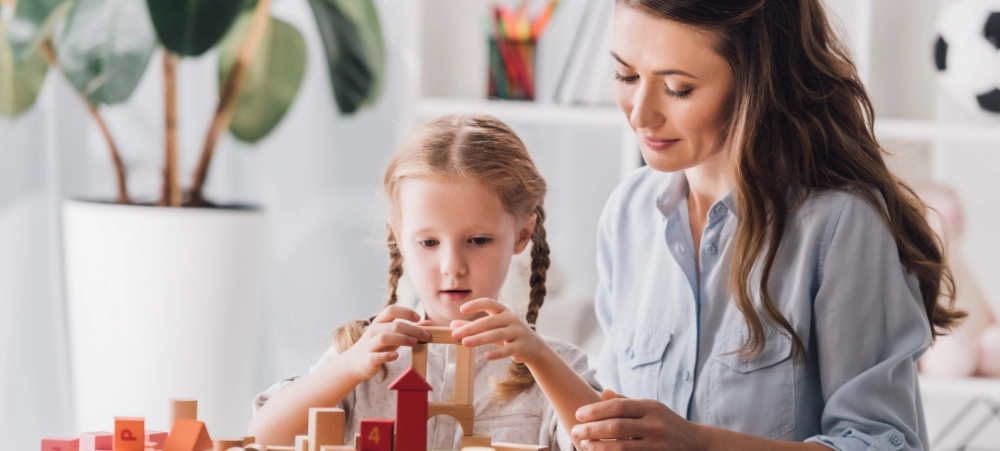Nothing can fully prepare you for the horrific news that your child has been diagnosed with cancer – a sad reality for many South African parents. Statistics show that there are currently 1000 children under the age of 15 diagnosed with cancer each year.
According to Laurence Hillman, CEO at 1Life: “What’s also horrifying is that half of the children who contract cancer in South Africa, are never diagnosed.”
The international Agency for research on cancer (IARC), reported that the worldwide incidence of childhood cancer is increasing, from the 165 000 cases reported annually to 215 000 cases for children who are 14 years and younger and 85 000 cases reported for 15 – 19 year olds. Globally, childhood and adolescent cancer is threatening to overtake infectious diseases, as one of the highest causes of disease-related mortality in children.
While survival rates in high-income countries reach an average of 84% and are steadily improving even in less-resourced areas of the world, South Africa is still well below the rate of developed countries as well as below the World Health Organisation’s survival goal of at least 60%. South Africa’s survival rate has improved over the last 5 years and is around 55%. This is concerning and points out a dire need for parents to not only look out for early warning signs of possible cancers, to improve survival rates, but also to consider what would happen if their child were diagnosed with a childhood cancer.
Early identification can save lives
According to CHOC Childhood Cancer Foundation South Africa parents should use the Siluan early warning signs of childhood cancer and keep an eye out for the following, which could be early warning signs that need to be checked out by a professional. Keep in mind that even if your child is experiencing some of these symptoms, it doesn’t automatically mean they have cancer, which is why a doctor’s opinion is vital in diagnosis.
Siluan Early Warning Sign of Childhood Cancer:
- S – Seek medical help early for persistent symptoms
- I – Eye: A white spot in the eye, a new squint, new blindness, or a bulging eyeball
- L- Lump: Any lumps should be investigated. Lumps in the abdomen and pelvis, head and neck, limbs, testes, and glands
- U- Unexplained: Prolonged fever over two weeks, loss of weight, pallor, fatigue, easy bruising, or bleeding
- A – Aching: Bones, joints, back and easy fractures
- N- Neurological signs: Change or deterioration in walk, balance or speech, regression of milestones, headaches for more than a week with or without vomiting, enlarging head.
“Many people don’t know that children can get cancer. It is a topic most people avoid and feel uncomfortable talking about but it is an important one and the sooner we speak up and create stronger awareness, the more children can be saved” says, Adri Ludick, CHOC Interim National Team Leader and Programme Development Manager.
The financial implications of childhood cancers
“Just like cancer, prevention is better than cure, and as such, it is important that you consider ways in which to not only identify how to protect your child’s wellbeing by early detection and treatment but that you too consider your finances and the impact of potential healthcare costs should they contract the disease,” says Hillman.
If your child has been diagnosed with cancer, your priority will always be to get them the best treatment possible. However, have you considered how you will pay for this treatment as well as the extra expenses that come with the illness such as transportation, specialist consultations, treatments that aren’t covered by medical aid and child are for other children in your family while you care for your ill child? Or what if you had to take unpaid time off work or quit your job because of treatment schedules – which can leave a serious dent in your family’s financial stability and can have long term impacts on the entire family.
“Parents can ensure they have the right financial management tools in place that ensure the provision of adequate financial resources to support them through this very difficult time – things such as a good medical aid, a financial plan and long term insurance covers like a dread disease policy specifically for children, are crucial in this financial mix, should the worst happen,” continues Hillman.
For example, there are policies on the market that cover more than one child on one policy, for majority of childhood cancers and offer additional value adds to make the family more comfortable during this time – benefits such as cancer coaching consultations to aid cancer remission, 24-hour advice line on a legal matters, and counselling benefits for example.
“During Childhood Cancer Awareness Month, we need to take action and ensure we are protecting our family’s health and finances. I encourage all South Africans to take the time to ensure that that they put the above provisions in place to protect their children as well as that you take the time to join the movement towards stronger awareness when it comes to childhood cancers,” says Hillman.
“We need to stand up and be bold, we need to have conversations about childhood cancer, and we need to empower people with knowledge, so that no child will be left behind. During the month of September, we ask people to wear a golden ribbon and in doing so raise awareness about childhood cancer,” Concludes Ludick.
We understand that there are many aspects that encompass a Mother, Father or Child and strive toward providing resources and services that accommodates this.
Our content is aimed to inform and educate families on issues starting from pregnancy through to the challenges of the teen-age years.
- Tips for Breastfeeding in Public: Confidence and Comfort - November 20, 2025
- Eskort launches Kiddos: South Africa’s first pork range made just for kids - November 13, 2025
- Putting the Power of Learning in Learners’ Hands During Global Education Week - November 12, 2025





